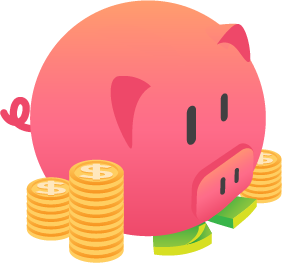 Checking Account Reconciliation Calculator
Checking Account Reconciliation CalculatorUse this calculator to quickly reconcile your account register with your account statement.
Click on the question mark buttons for instructions on each section.
Guide published by Jose Abuyuan on February 13, 2020
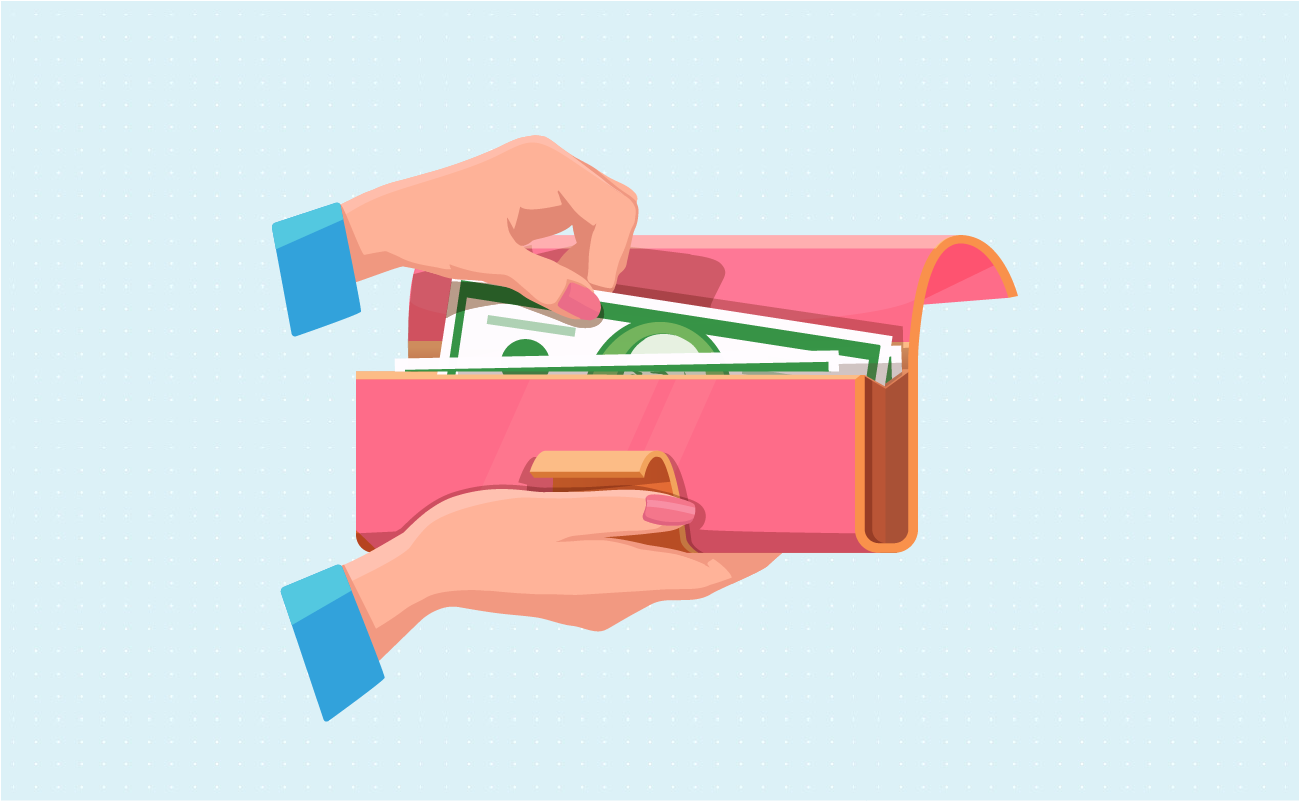
The first step toward mastering personal finance is deceptively simple. The money you make should get in at least slightly faster than the money going out to pay for things. For many people, this is remarkably difficult. No, it isn't always because they're profligate spendthrifts. Rather, it is because their money almost never arrives when they need it.
This could pose a big problem for your finances. You may face punitive penalties for late payments. If you draw too much money, you may receive penalties for overdrafts from your bank. Creditors may not appreciate bounced checks as well. And if you miss a payment on a credit card bill, your debt situation may be that much closer to spiraling out of control.
If you rely on checks to pay for most things, time is a crucial factor. A key step in managing your finances is tracking the flow of money in your checking accounts. You must always have an accurate picture of how much money is left in your balanaces.
Account reconciliation is a crucial skill for both businesses and private citizens. This process enables them to make an accurate picture of their finances. Comparing their internal accounts with bank records let businesspeople and laypersons settle discrepancies. The records also give them a clear idea of their actual cash flow.
Bank and personal records may have some variation between them. For starters, banks do charge fees for some clients for services. Bank tellers and machines also sometimes make errors in calculating the flow of money on your accounts. These errors can have a profound effect on the finances of a person or business. Fixing these errors can save you a small fortune and ease your financial headaches.
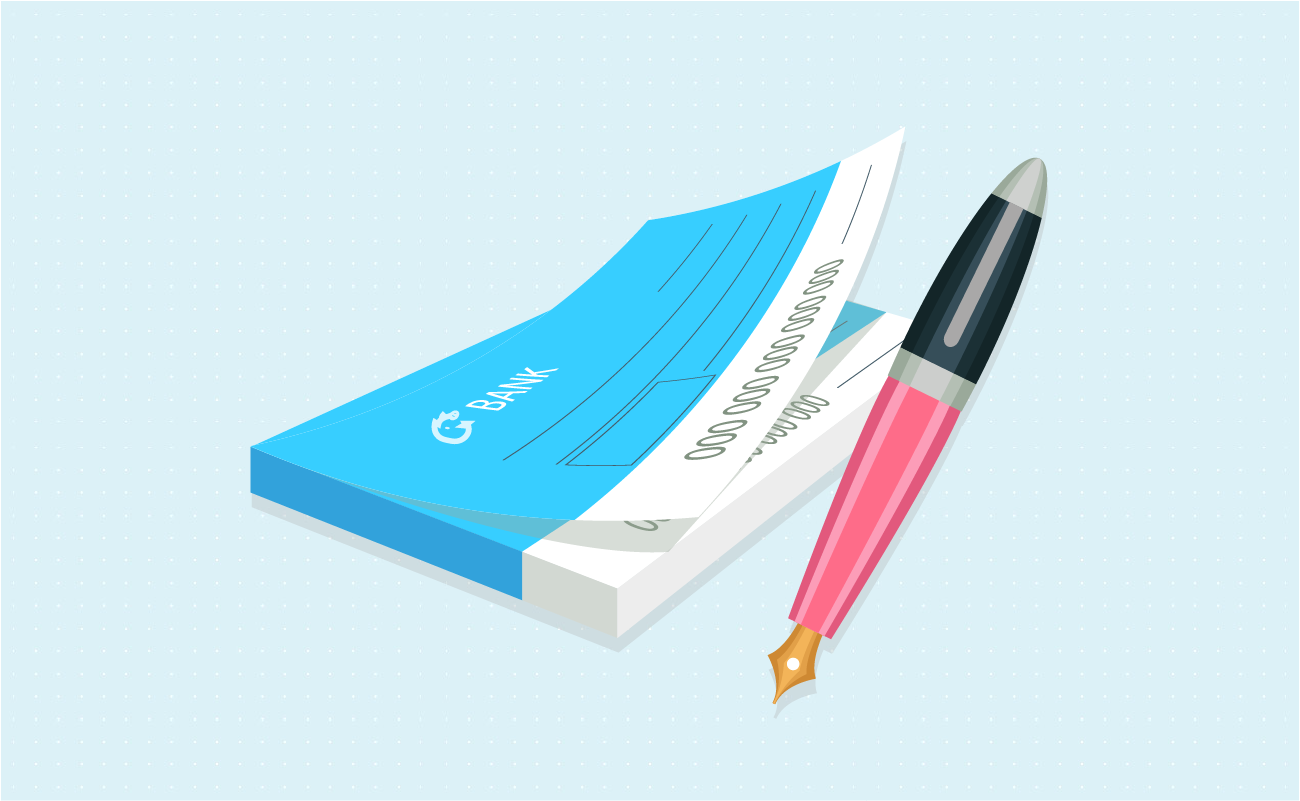
People use checking accounts as their go-to source of funds. A checking account offers several advantages to keeping cash on hand. Your money is deposited in a secure place and is available when you need it. You're also less likely to spend it all in one go.
The only disadvantage is that all payments you make through a check are deferred. They would take at least two days to reflect on the accounts of the creditors once deposited. If you receive your payments through a check, you will also need to wait a few banking days for it to reflect on your accounts.
A checking account is meant for money that comes and goes. Ideally, this should be the account type for your everyday expenses. These accounts rarely earn interest, but don't have any limits to withdrawals. You can access your money through ATMs, debit cards, or over-the-counter withdrawals. Checking accounts also let you use checkbooks.
Often, banks charge a maintenance fee for checking accounts. This could be waived in a few ways. Among them is having a minimum maintaining balance (which is usually around $2,000). Here are a few other ways to waive your maintaining balance fees:
If waiving the fees is not possible, consider switching to a bank that does not charge fees.
A savings account, meanwhile, is meant for money that's there to stay. You can't make as many withdrawals on a savings account. As the name suggests, this is the account type for your personal savings.
Often, a savings account is your first true investment, albeit one with a modest rate of return. Because they earn interest, these accounts are an excellent option for your emergency and sinking funds. The money you set aside for tomorrow's needs also grows.
Writing a check lets the bank wire money from your account to those of your creditors. Once they've deposited the check, their bank endorses and processes it through a clearinghouse. Your bank receives a message to deduct the balance from your accounts. It transfers these funds to the recipient's bank.
The complexity involved means that checks take time to clear. The amount on your check should be backed by your account balance. If your balance is insufficient, your check bounces and the transfer fails. This can have a negative impact on your credit rating.
A big financial challenge faced by many people is making sure they have enough money to fund the checks they write. In the past, this was less of a problem. Banks took weeks to process money. This gave people time to deposit more money into their accounts before the checks were due.
Counting on time had become more difficult today. Government legislation in 2003 allowed banks to process checks quickly. These new rules also allowed banks to retain their hold times. This placed customers at a disadvantage. Money left their accounts faster than it could come in. Thus, some customers became vulnerable to overdrafts.
Overdrafts pay for transactions when you go over your balance. This provided a contingency for consumers when checks came later than expected. An overdraft kept checks from bouncing and allowed some purchases to go through. This created a negative balance in the customer's account that needs to be settled alongside a fee.
Essentially, an overdraft is a form of credit. The charges serve as interest payments. In the past, overdrafts allowed merchants to settle their bills and stay afloat. People still use overdrafts as a contingency of late payments today.
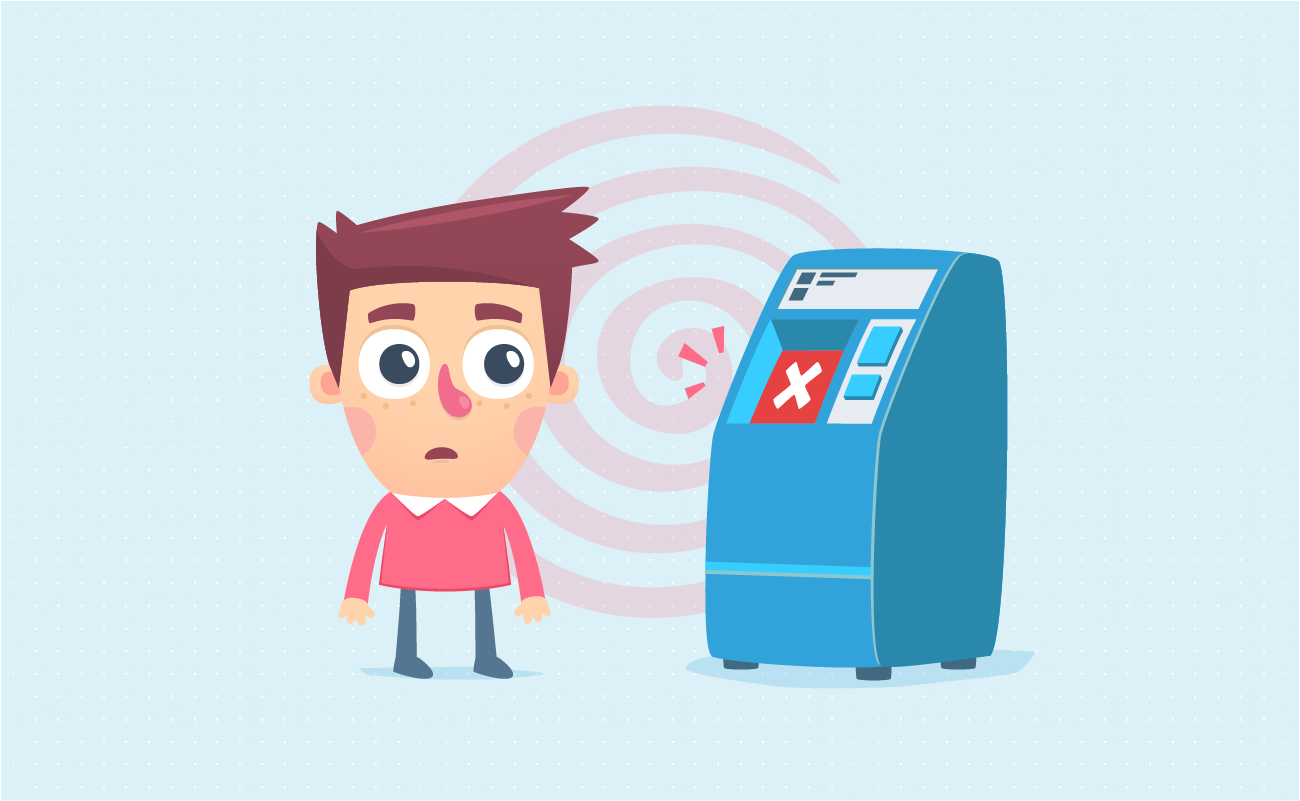
You can overdraw your accounts to ensure that you pay your creditors on time. Rather than getting flak for a bounced check, your creditors still get paid. You can then use your incoming money to clear your charges and pay the fees.
Overdrafts, however, can happen too frequently, especially if you pay for a lot of things on debit. Moreover, the fees add up if you leave your accounts in the negative for too long.
For many lower-income earners, overdrafts are problematic. The fees eat into their budget. Often, the reduced buying power makes them likely to overdraw in the future. If they can't pay the bank back on time, their overdraft charges become as toxic as any other form of consumer debt. Overdrafts and their fees have put off many low-income earners from formal banking.
Today, overdrafts are optional. If you didn't opt-in to an overdraft with your bank, you are not charged with any transaction that goes over your balance. Transactions you make simply do not push through. This is especially useful if you use debit cards often. The bank will reject any transaction you make at the point of sale. Embarrassing as it is, it does serve the second purpose of reining in your spending.
You can also set a limit to your spending. Make sure that your accounts do not fall below a minimum amount. Ideally, this amount should be the maintaining balance to avoid incurring maintenance fees.
If you find overdrafts useful but bothersome, you can link them to a savings account. linking the accounts allows you to pay for checks using your savings. Called overdraft protection, this reduces the time your account balances remain in the negative.

Link your checking account to your bridge funds. This way, you can keep your checking account in the black without raiding your savings.
The key to efficient budgeting is tracking the inflow and outflow of cash in your accounts. This way, you make sure that your money arrives and leaves when it needs to. Timing your expenses ensures that you pay all your bills on time, every time. The punctual payments can make you a mint by avoiding penalties. Your constant payments also help preserve the integrity of your credit score.
Balancing your checkbook is a key component to managing cash flow. You must make a careful record of each of the checks you write. Each check you record represents the outflow of your money in your checking account. By writing down each time you make a check, you know how much money you've disbursed and how much is left in real time.
You might be tempted to wait for the bank statement or check your balance on an ATM. These are not the most effective ways to track the outflow of your money. An ATM's current balance does not deduct the checks that have yet to clear. Meanwhile, a bank statement arrives only once a month—too infrequent to give you a clear idea of your present balance.
Today, the job of balancing your checkbook is made easier through online banking. You can cross-reference your records online. Checking your balance online also helps you track when your checks clear in real time.
The days where you can rely on a long grace period are over. This doesn't mean you can't buy yourself time. Scheduling your payments can help you avoid overdrawing your checking accounts. This ensures that your money is there when your bills arrive.
Changing your billing schedules can help you avoid paying bills on the leanest part of the month. Fortunately, most creditors are flexible and will let you change the terms without much of a fuss.
The best time to reschedule your bills will vary with your budget. Sometimes, the best time to pay your bills would be after your paycheck clears. This will allow you to pay them off without a hitch. Other times, it might be convenient to distribute them across the month. Choosing this option ensure that you don't get overwhelmed.
To ensure that you know when not to write a check, consider getting overdraft alerts. These warnings will help you know when you are approaching your limit.
Hold times can compromise when you'll have access to your money. You might end up in a bind if your check doesn't clear on time. Penalties for late payments and overdrafts can complicate matters. If you've been overdrawn before, your bank or credit union might delay your check for a week. This added time increases your likelihood of taking overdrafts or making late payments.
Speed up the process of clearing your checks by doing the following:
Consider direct deposits. This would cut down the time it takes for your money to reflect on your accounts. Depending on the bank, you may even have some of your fees waived in the process.
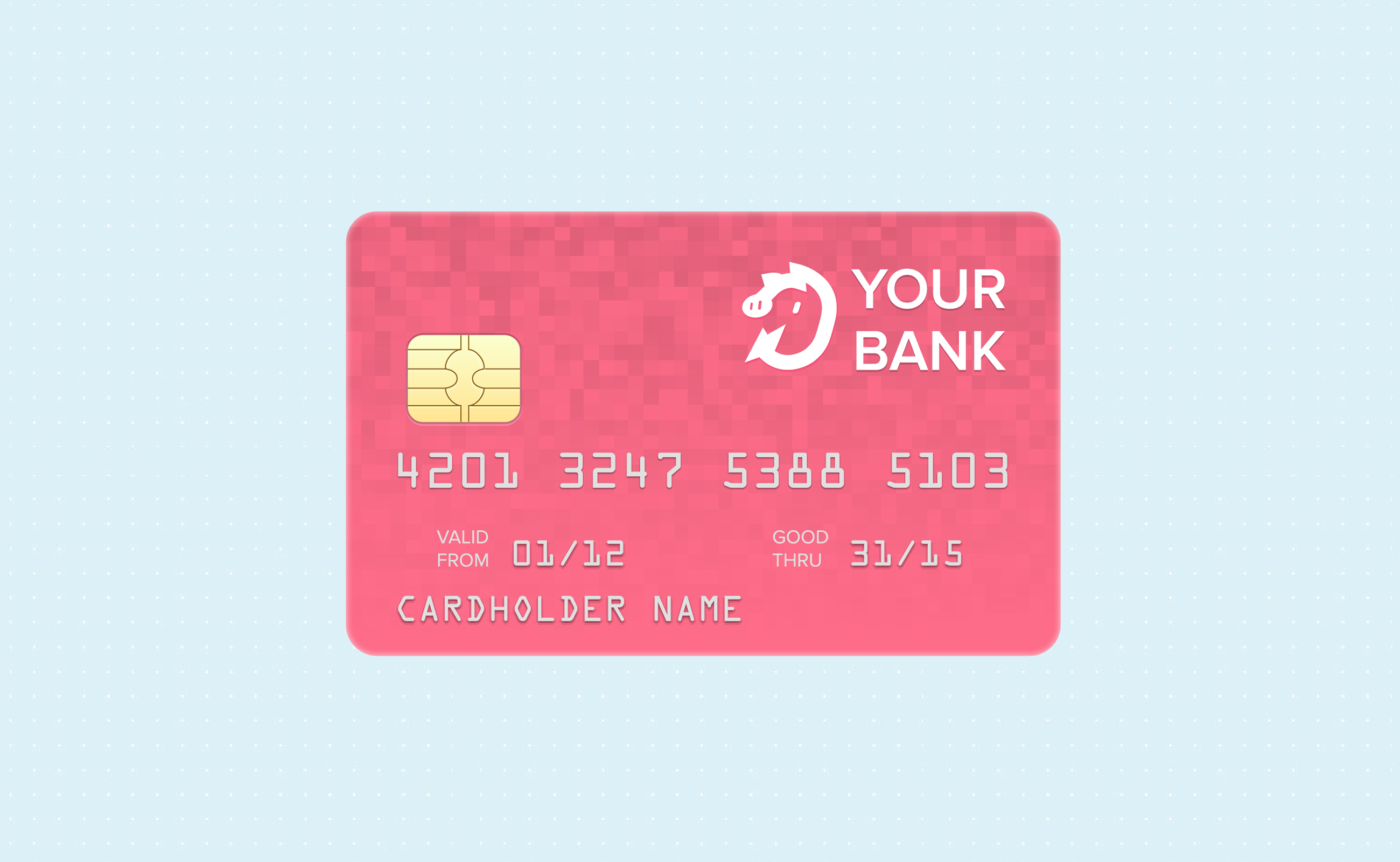
Much like checking accounts, credit cards require a lot of timing to use well. Left to themselves, credit cards quickly become toxic debt. Our website has more sources on dealing with credit card bills.
Fortunately, there is a way to avoid the punitive costs of credit card bills. Remember the saying “pay more than the minimum?” If you pay your entire bill during the card's grace period, you waive any interest fees altogether. To understand how you can avoid interest, you must understand how credit cards work.
Before anything else, here's a brief rundown on why credit cards become toxic so fast. Credit cards also have a complex system governing their interest rates. Merely getting a credit card with a good interest rate isn't enough of a guarantee that you'd avoid debt problems. This is because credit cards do not charge interest per annum.
The advertised credit card rate is only one part of the equation. This annual percentage rate is used to calculate a daily percentage rate. The formula for calculating this can be expressed thus:
Daily percentage rate = Annual percentage rate / 365.
This is applied to your average daily balance. The number is derived as follows:
Suppose you have a credit card whose annual percentage rate is 17% and an outstanding balance of $5,000. We'll presume you used the card to make two purchases. You bought something with $20 four days at the start of the month. A while later, you bought another item costing $150 around ten days before the due date on the 30th. Subsequently, you paid $325 in the middle of the month. Here's how much interest you can expect at the end of the month:
Daily percentage rate
= 0.17 / 365
= 0.00047
Daily balance 1 (First three days):
= $5,000
Daily balance 2 (Days 4 to 14, 11 days):
= $5,000 + $20
= $5,020
Daily balance 3: (Days 15 to 19, 5 days)
= $5,020 – $325
= $4,695
Daily balance 3: (Days 20 to 30, 11 days)
= $4,695 + $150
= $4,845
Average daily balance
= ($5,000 × 3) + ($5,020 × 11) + ($4,695 × 5) + ($4,845 + 11) / 30
= ($15,000) + ($55,220) + ($23,475) + ($53,295) / 30
= ($146,990) / 30
= $4,899.66
Interest
= ($4,899.66 × 0.00047) × 30
= ($2.30) × 30
= $69
Our example assumes that the interest compounds monthly. Be forewarned. The actual interest rate might be even higher, depending on how frequently your credit card compounds. While compound interest is good for investors, they are terrible news for debtors.
The good news is that you can reduce the amount of interest you must pay by lowering your average daily balance. Besides abstaining from using your card, consider paying several times a month. This practice also helps you pay more than the minimum, which helps you pay off your credit card.

The amount of interest you pay is contingent on your daily balance. Thus, the credit card company charges you zero interest if your balance was cleared. You pay interest once your balance remains past the due date.
Taking advantage of the credit card's grace period is called “playing the float.” It is a tenuous yet rewarding game that lets you take full advantage of your credit card's benefits. You not only gain a good credit score but also accumulate rewards points.
The benefits you gain from a card should align with the things you want to save on. If you like shopping, choose a card that rewards you with retail points. You can save on travel expenses with a card that offers flyer miles. If you want it all, you can split the difference by using several cards. However, do so with caution. Make sure you know when your cards are due. This will help you settle their balances on time.
How well you can play the float is dependent on your ability to pay. One of the easiest ways to start is by setting a limit to your card spending. This way, you reduce your balance to what you can pay for by the due date. Timing and record-keeping are essential to playing the float. Much like with checking accounts, you must ensure that your money arrives on time.
This isn't much of a problem if your money arrives long before the bill. You can choose to pay instead when the bill is due and not a moment earlier or later. In the meantime, you can choose to keep your payments in a savings account to let it earn interest. Automating your payments can also take the hassle away from paying the float. You only need to worry about the money being there before the payments are due.
It is possible (though difficult) to play the float with much of your budget. Dedicated players can pay for their monthly bills on their credit card. This lets them pay for only one major bill at the end of the month. In addition, the more frequent usage of their cards helps them earn points faster. While convenient, this is a tenuous proposition. Only choose this strategy if you can afford to pay full payments to your card on a regular basis.
Tracking your spending is the foundation for financial success. You are more likely to avoid impulse spending if you know where your money's going. After all, money that's been earmarked for something else has already been spent. When it comes to successful money management, it pays to be punctual.
Punctual payments are but one part of a greater strategy for financial freedom. We also have resources on our site for tracking your cash flow and monitoring your budget.
Jose Abuyuan is a web content writer, fictionist, and digital artist hailing from Las Piñas City. He is a graduate of Communication and Media Studies at San Beda College Alabang, who took his internship in the weekly news magazine the Philippines Graphic. He has authored works professionally for over a decade.